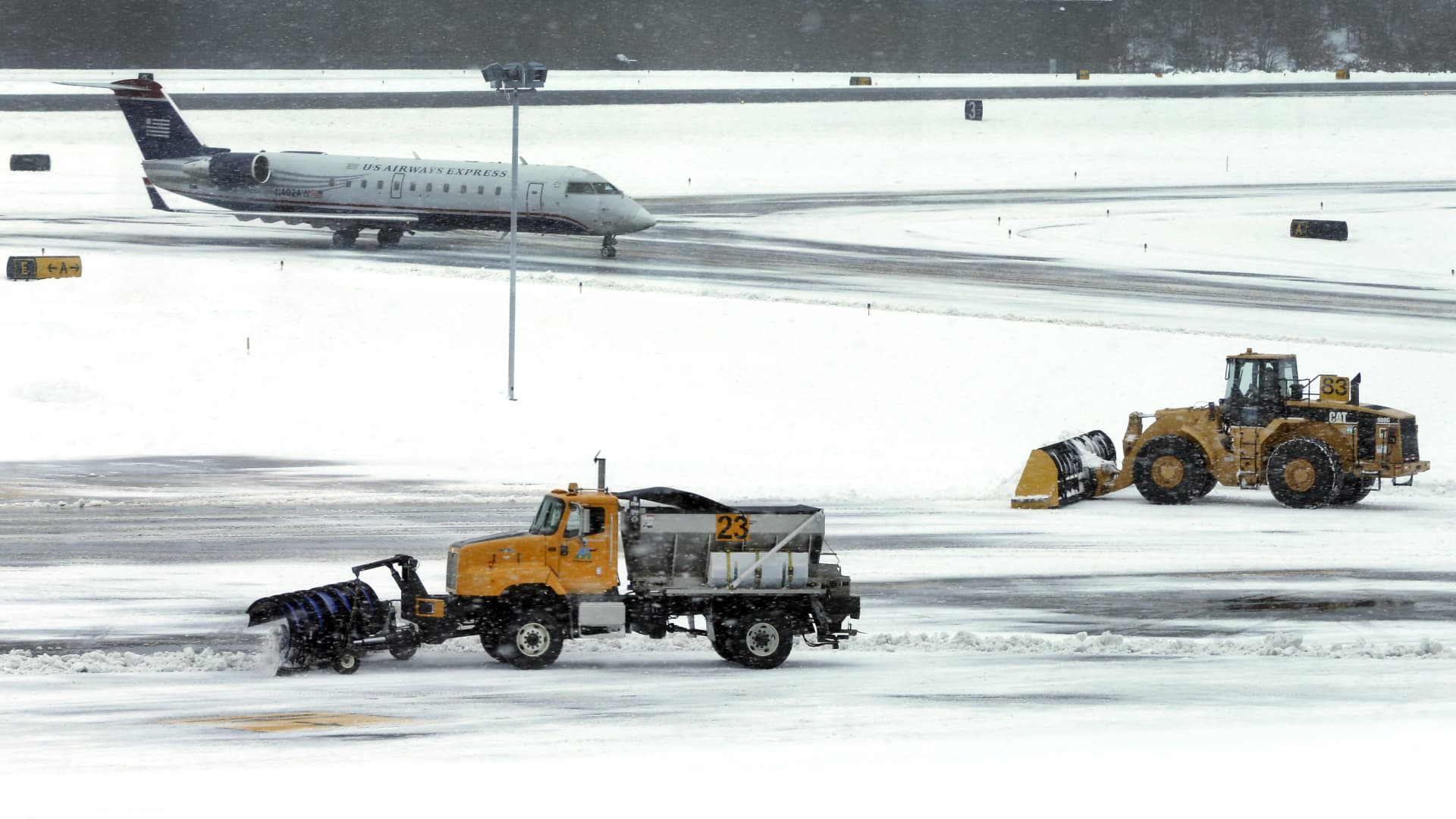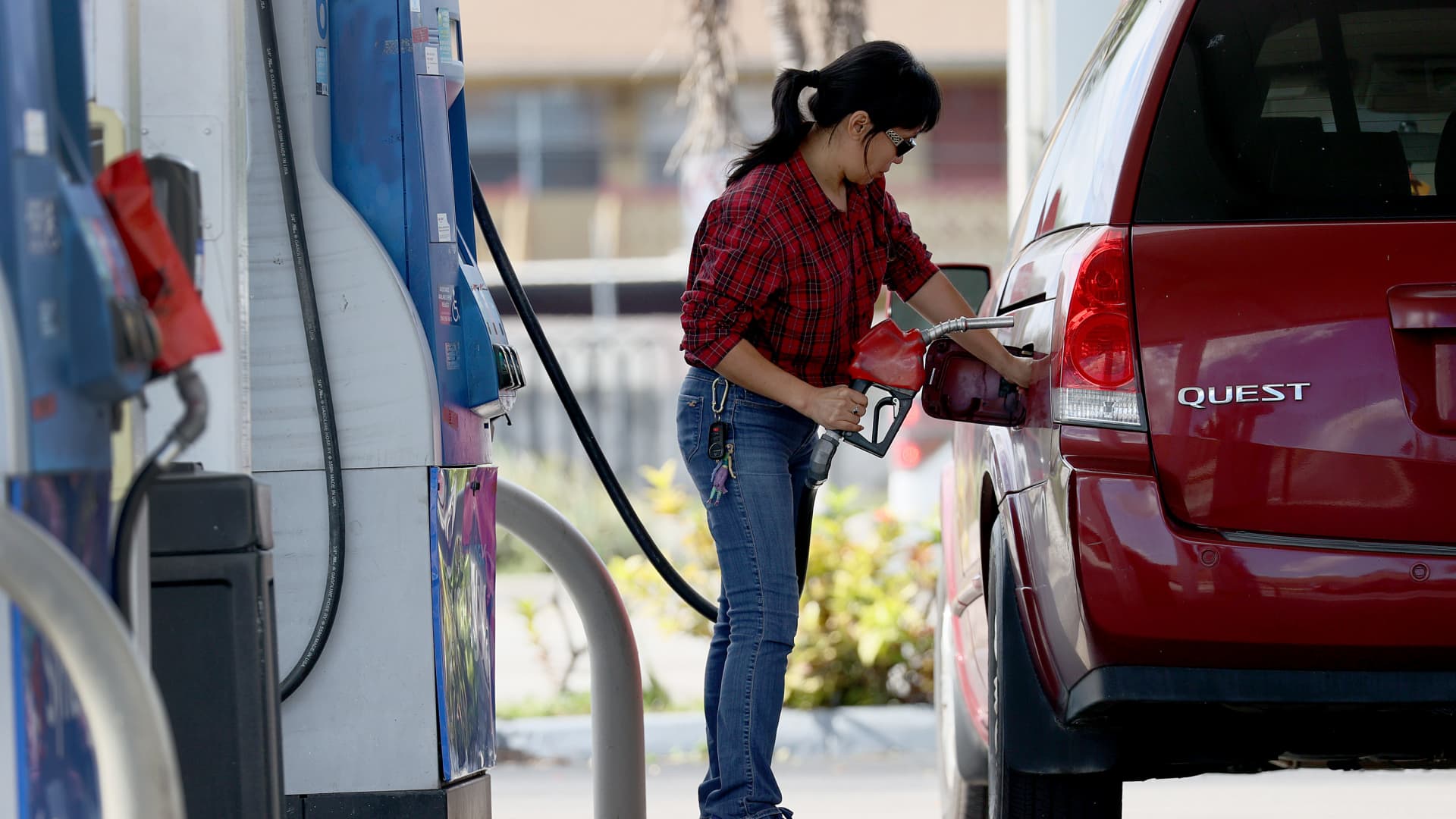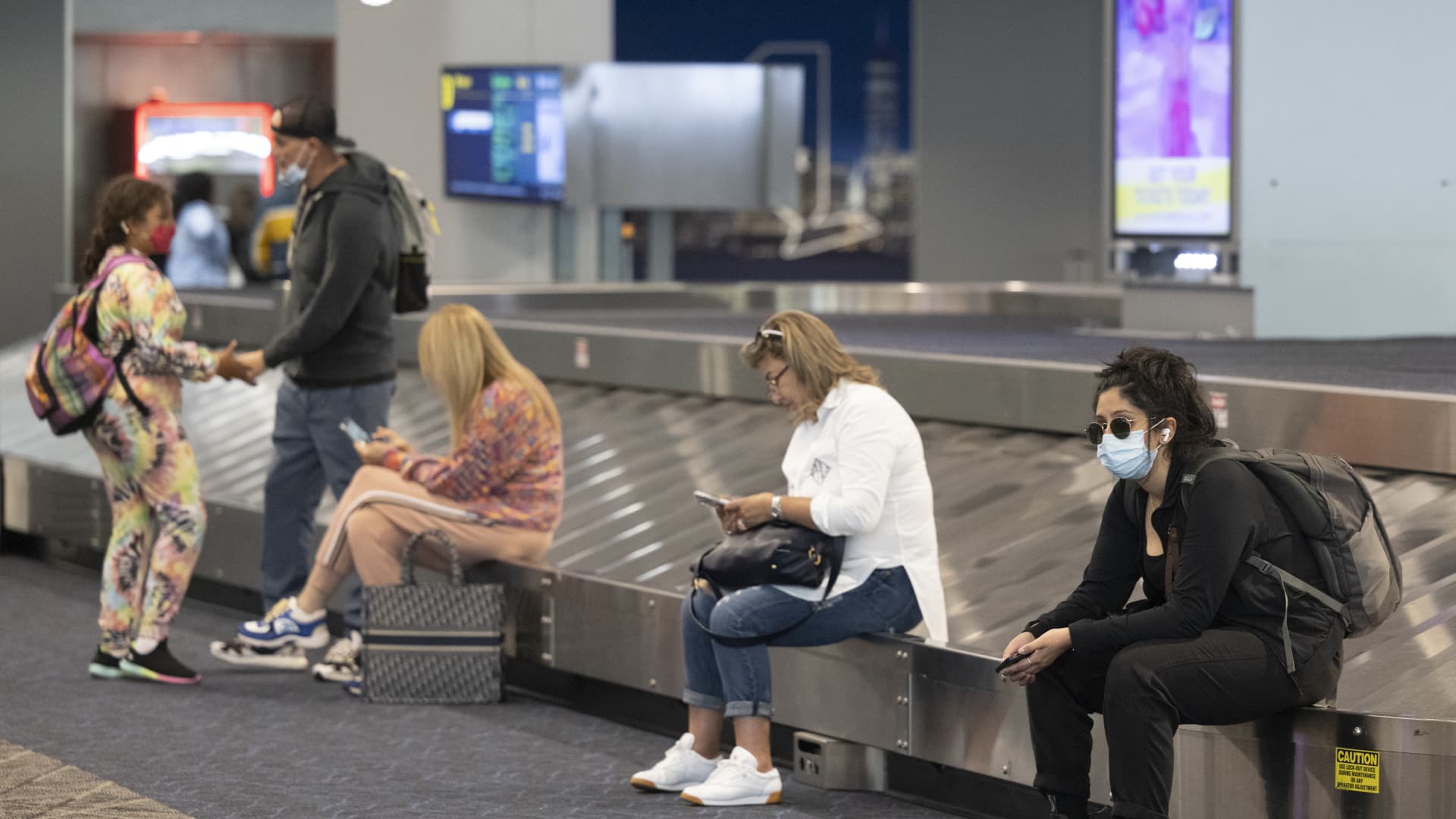These are the states with America’s worst infrastructure


A key component of the bipartisan infrastructure bill signed into law late last year by President Biden is direct aid to state and local governments. Consulting firm McKinsey and Company estimates the law opens up a whopping 240 separate streams of funding for things like roads, bridges, the power grid, and much more.
Infrastructure is especially important now, as the nation seeks to rebuild and reimagine the supply chain, and states seek an edge in that effort. As a result, it is a major factor in this year’s CNBC rankings of America’s Top States for Business. Under our methodology, we measure roads, bridges, ports and airports, as well as water and electric utilities, sites available for development, and sustainability.
For some states, the federal money will help them build on their already solid infrastructure. But for these crumbling states, the money can’t come a moment too soon.
10. (tie) Connecticut
Connecticut gets nearly half its electricity from the Millstone Nuclear Power Station in Waterford, which owner Dominion Energy says is a reliable source of carbon-free energy. But the agency that operates the power grid serving the state and all of New England has already warned of the possibility — though remote — of rolling blackouts in an above average heatwave this summer. Connecticut customers already endure around 44 hours per year without power, according to Department of Energy data.
2022 Infrastructure score: 165 out of 380 points (Top States Grade: D)
U.S. population within 500 miles: 75,890,023
Bridges in poor condition: 5%
Roads in unacceptable condition: 20%
Broadband access: 89.2%
Power outages per year: 44 hours
10. (tie) Hawaii
Hawaii may be a paradise, but its remote location does it no favors as a connection to the rest of the nation and the world. There is nothing the Aloha State can do to change that, and most Hawaiians would not want to. But some parts of the infrastructure that it can control, like roads and bridges, are inhospitable at best.
2022 Infrastructure score: 165 out of 380 points (Top States Grade: D)
U.S. population within 500 miles: 1,277,250
Bridges in poor condition: 7%
Roads in unacceptable condition: 39%
Broadband access: 54.1%
Power outages per year: 2 hours
10. (tie) New Mexico
New Mexico‘s normal fire season had not yet begun when the Calf Canyon and Hermits Peak fires started in April, eventually merging to form the largest wildfire in state history. The Land of Enchantment is cursed with the most pervasive wildfire risk in the nation, according to a study released in May by the First Street Foundation. Nearly 70% of New Mexico properties face heightened wildfire risk.
2022 Infrastructure score: 165 out of 380 points (Top States Grade: D)
U.S. population within 500 miles: 21,856,692
Bridges in poor condition: 5%
Roads in unacceptable condition: 9%
Broadband access: 79.4%
Power outages per year: 2.5 hours
8. (tie) Idaho
Idaho may be best known for its potatoes, but it has long since transitioned from a mainly agricultural state to one with a rapidly growing population and a vibrant tech scene. The state’s broadband system has not kept pace. BroadbandNow Research, which measures access and speeds, ranks the Gem State No. 42. While the state is reasonably well-wired, one quarter of Idahoans do not have access to a low-priced plan.
2022 Infrastructure score: 155 out of 380 points (Top States Grade: D-)
U.S. population within 500 miles: 19,809,449
Bridges in poor condition: 5%
Roads in unacceptable condition: 8%
Broadband access: 87%
Power outages per year: 5.4 hours
8. (tie) West Virginia
West Virginia‘s Division of Highways ordered a bridge in Kanawha Falls closed to all traffic because it was structurally unsound. That was in 2018. The bridge is still closed, turning a half-mile trip over the Kanawha River into nearly 20 miles. It would be one thing if this was the only such situation in the Mountain State. But 20% of the state’s bridges are in poor condition, the worst in the nation. West Virginia is within a day’s drive of more population than any other state, if only all the roads and bridges worked.
2022 Infrastructure score: 155 out of 380 points (Top States Grade: D-)
U.S. population within 500 miles: 140,743,268
Bridges in poor condition: 20%
Roads in unacceptable condition: 15%
Broadband access: 51.8%
Power outages per year: 10.1 hours
7. Rhode Island
With its many coves, inlets and waterways, the Ocean State depends on its bridges, and the roads that lead to them. That makes the state’s poor maintenance record a particular problem. Five years before she left to join the Biden administration as U.S. Commerce Secretary, former Gov. Gina Raimondo pushed through a massive infrastructure program. But things had already gotten so bad that RhodeWorks has barely chipped away at the problem.
2022 Infrastructure score: 149 out of 380 points (Top States Grade: F)
U.S. population within 500 miles: 71,161,654
Bridges in poor condition: 17.5%
Roads in unacceptable condition: 47%
Broadband access: 97%
Power outages per year: 9.1 hours
6. Montana
Big Sky Country covers more than 147,000 square miles, making Montana the 4th biggest state by area behind Alaska, Texas and California. With that kind of ground to cover, good broadband service would come in handy. But Montana does not have it. While 77% of the state technically has broadband coverage, the average speed is the lowest in the country at just 110 Mbps.
2022 Infrastructure score: 143 out of 380 points (Top States Grade: F)
U.S. population within 500 miles: 8,725,618
Bridges in poor condition: 7%
Roads in unacceptable condition: 7%
Broadband access: 77.1%
Power outages per year: 4.5 hours
5. Mississippi
For anyone who has experienced a sweltering Gulf Coast summer, the announcement in April from the power grid operator serving Mississippi and 14 other states was withering: the Midcontinent Independent System Operator (MISO) said it was projecting “insufficient firm resources to cover summer peak forecasts.” That means power outages, a concept that is all too familiar to Mississippians. They spend a total of more than a full day per year in the dark.
2022 Infrastructure score: 141 out of 380 points (Top States Grade: F)
U.S. population within 500 miles: 74,647,375
Bridges in poor condition: 7%
Roads in unacceptable condition: 12%
Broadband access: 59.1%
Power outages per year: 24.9 hours
4. New Hampshire
With no international flights, and no direct domestic flights to anyplace west of Chicago, New Hampshire‘s main airport — Manchester-Boston Regional — embodies the New England mantra, “You can’t get there from here.” Even for companies thinking of moving here and staying put, The Granite State is relatively short of sites for development.
2022 Infrastructure score: 136 out of 380 points (Top States Grade: F)
U.S. population within 500 miles: 66,575,172
Bridges in poor condition: 8%
Roads in unacceptable condition: 9%
Broadband access: 82.2%
Power outages per year: 8.3 hours
3. Louisiana
Louisiana‘s power grid is part of the same system as neighboring Mississippi’s. Last year there were rumblings among Pelican State regulators about pulling out of that organization. But it was not over frustration with the state’s rampant power outages. It was because some officials were upset about MISO’s investments in wind turbines. The rebellion never really took off. Meanwhile, Louisiana electricity remains the least reliable in the nation. Between heat, hurricanes, and substandard systems, customers spend around 60 hours a year without power.
2022 Infrastructure score: 133 out of 380 points (Top States Grade: F)
U.S. population within 500 miles: 60,729,599
Bridges in poor condition: 13%
Roads in unacceptable condition: 25%
Broadband access: 74.4%
Power outages per year: 60.4 hours
2. Maine
Give the Port of Portland in Maine its due. The U.S. port nearest to Europe had a record year in 2021. For example, the facility handled the equivalent of 36,700 shipping containers last year, the Portland Press Herald reported. Of course, the Port of Los Angeles handled more than 11 million, so everything is relative. Add poor broadband service and a notoriously unreliable power grid, and this is not exactly a booming business hub.
2022 Infrastructure score: 128 out of 380 points (Top States Grade: F)
U.S. population within 500 miles: 49,992,070
Bridges in poor condition: 13%
Roads in unacceptable condition: 11%
Broadband access: 79.7%
Power outages per year: 28.8 hours
1. Alaska
It has been 63 years since Alaska became a state, but The Last Frontier is still largely untamed and probably always will be. Sure, that is part of the attraction. But it creates unique infrastructure challenges. No state is more isolated population-wise. The state’s massive size, and the fact that some parts of it are accessible only by air or water, can make it difficult to connect — both in person, and virtually through the state’s inadequate and expensive broadband system. Despite its size, no state offers less vacant land for development.
2022 Infrastructure score: 121 out of 380 points (Top States Grade: F)
U.S. population within 500 miles: 607,079
Bridges in poor condition: 8%
Roads in unacceptable condition: 5%
Broadband access: 67.5%
Power outages per year: 4.5 hours
This post has been syndicated from a third-party source. View the original article here.



